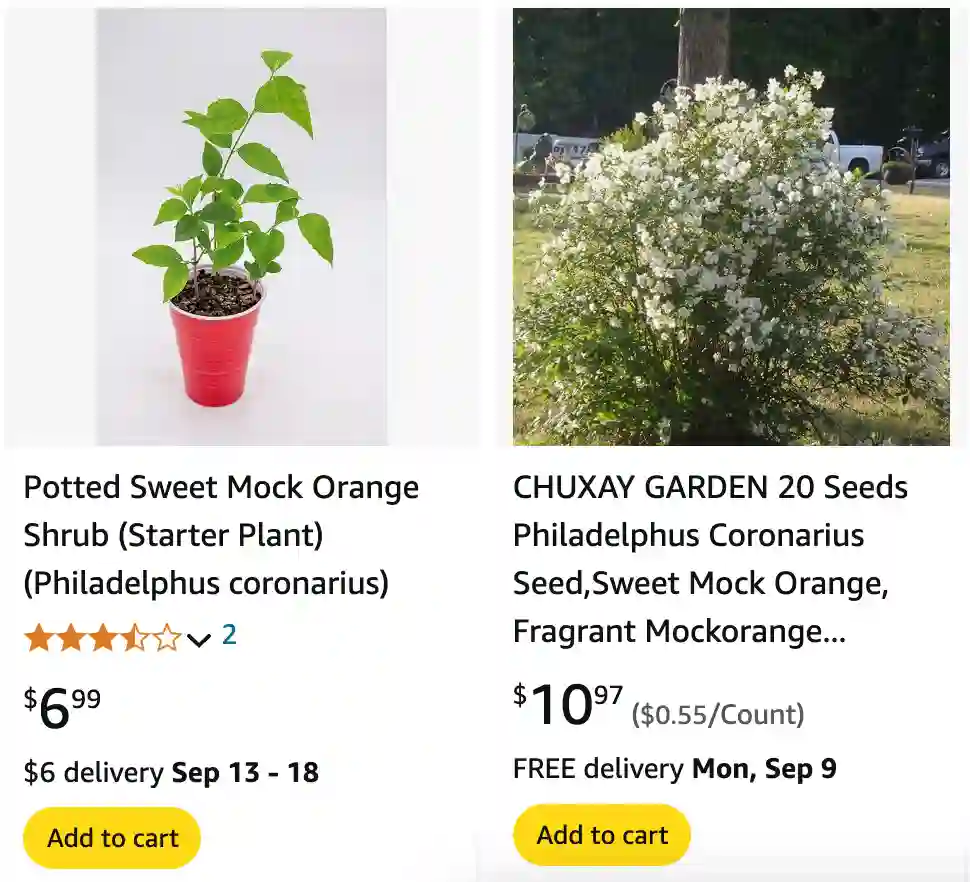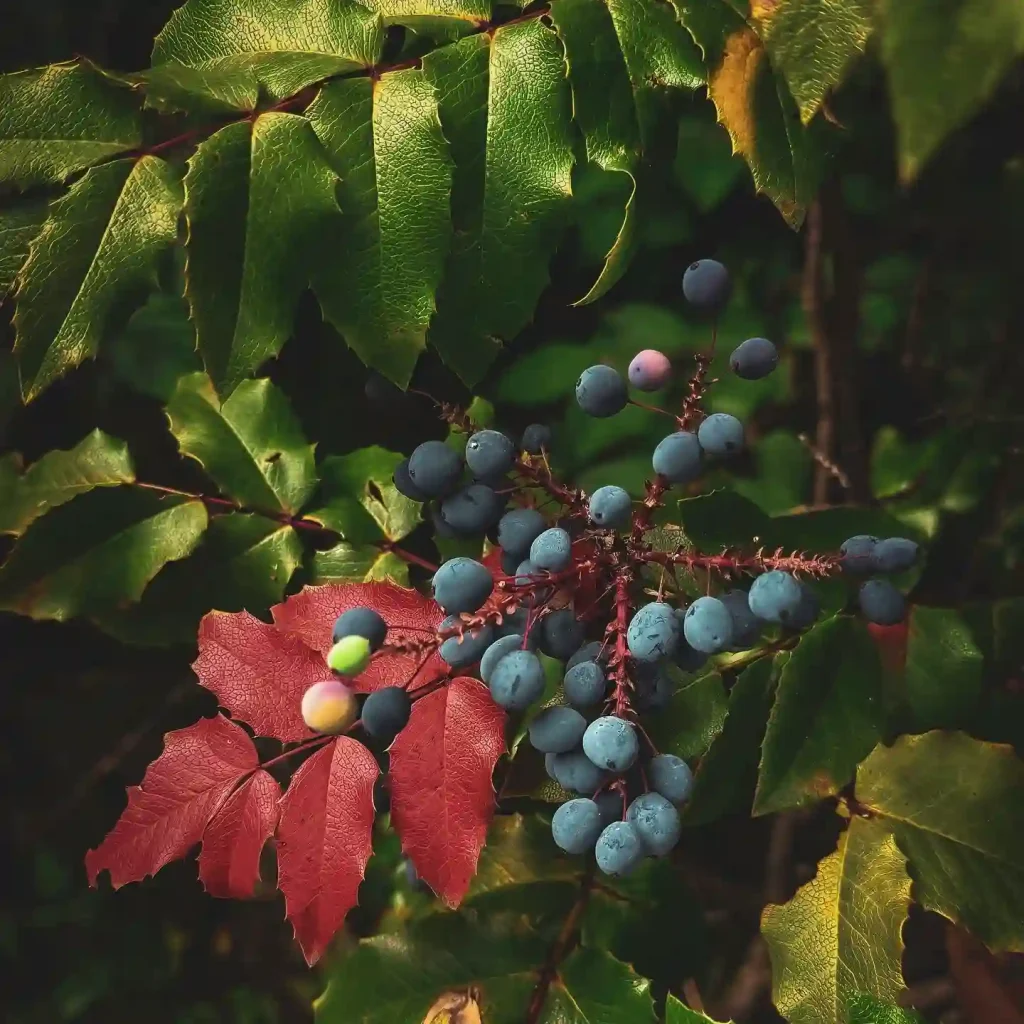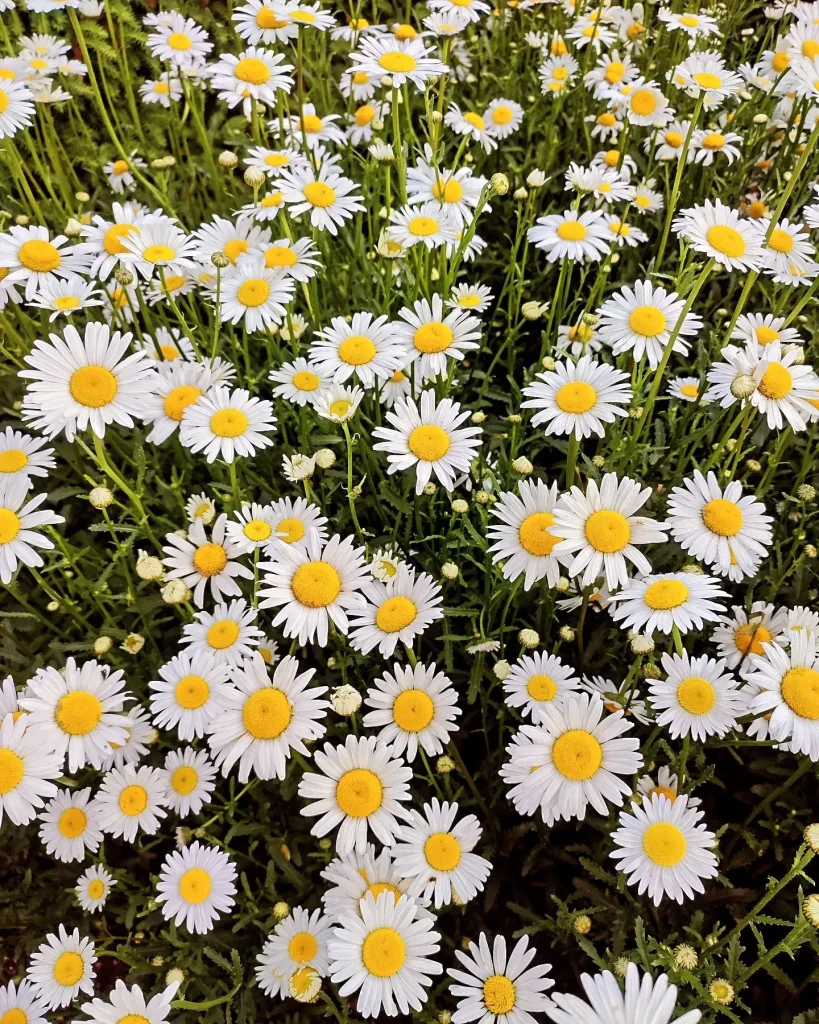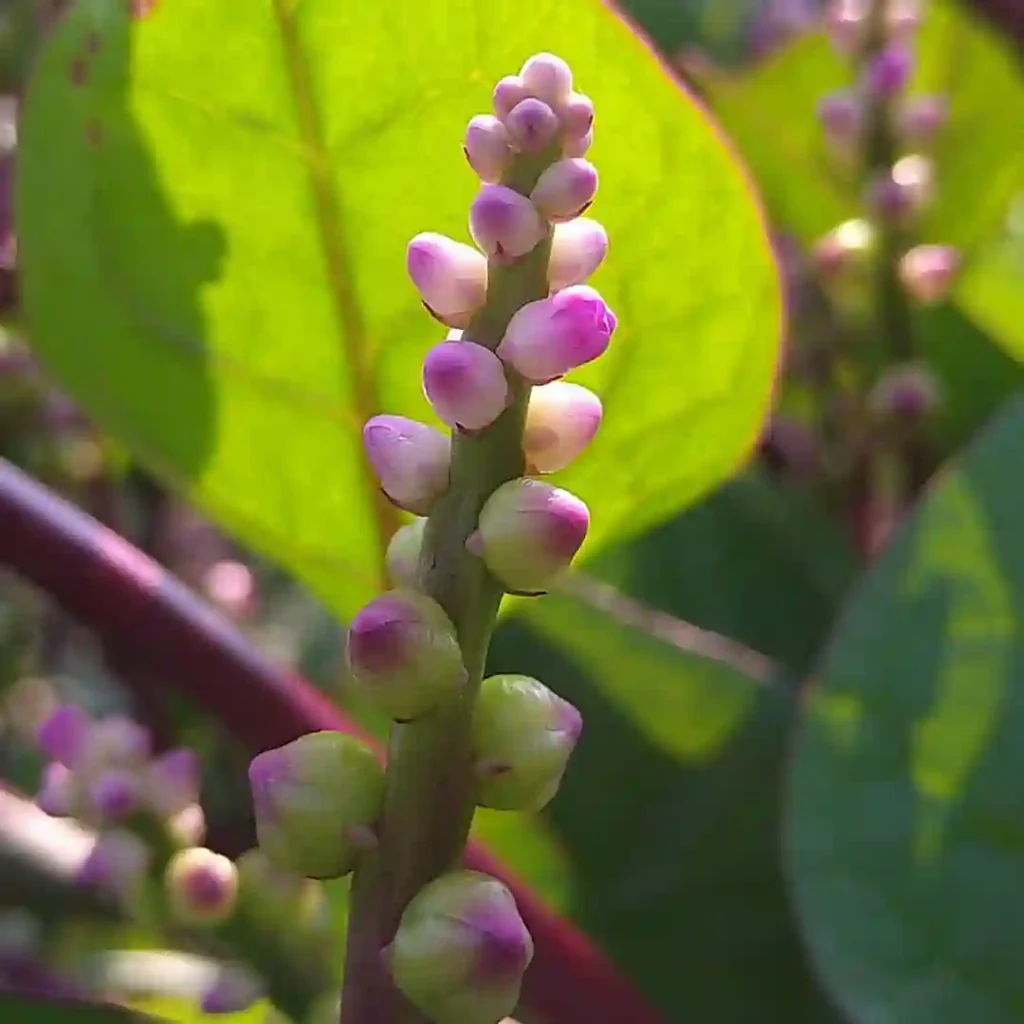
FAQs About Philadelphus Coronarius
When it comes to adding a touch of elegance and fragrance to your garden, Philadelphus Coronarius, commonly known as the Mock Orange, stands out. I’ve spent quite a bit of time with this plant, and I’ve found it to be both charming and manageable. If you’re considering adding it to your garden or already have one and are looking for some guidance, here’s a comprehensive look at the most frequently asked questions about Philadelphus Coronarius.
How Big Does Philadelphus Coronarius Grow?
One of the first things I wondered about Philadelphus Coronarius was its size. This shrub can grow quite large, reaching heights of 8 to 10 feet and a similar spread. The growth rate is moderate, so you won’t see this plant exploding in size overnight, but with proper care, it will fill out nicely. Its size makes it an excellent choice for creating a backdrop in your garden or for planting as a standalone feature.
How to Care for Philadelphus Coronarius?
Caring for Philadelphus Coronarius is relatively straightforward. This plant thrives in full sun to partial shade and prefers well-drained soil. I’ve found it does best with regular watering, especially during dry spells, but be careful not to overwater. Mulching around the base can help retain moisture and keep weeds at bay.
How to Prune Philadelphus Coronarius?
Pruning is essential for maintaining the shape and health of Philadelphus Coronarius. I usually prune this shrub immediately after it finishes blooming in late spring to early summer. This timing ensures you don’t cut off next year’s buds. Start by removing any dead or damaged branches and then thin out the interior to improve air circulation. For a more formal look, you can shape the plant by cutting back some of the older stems to the base.
When to Prune Philadelphus Coronarius?
As mentioned, the best time to prune Philadelphus Coronarius is right after it blooms. This timing allows the shrub to put energy into new growth for the following season. Avoid pruning in late summer or fall, as this can remove the buds that will bloom the next year. By sticking to the post-blooming period, you’ll help the plant stay healthy and vibrant.
Is Philadelphus Coronarius Invasive?
I’ve found that Philadelphus Coronarius is not typically considered invasive. However, it can spread and self-seed in favorable conditions. It’s always a good idea to keep an eye on its growth and manage it to ensure it doesn’t encroach on other parts of your garden. Regular pruning and maintenance will help keep it in check.
Is Philadelphus Coronarius Poisonous?
Philadelphus Coronarius is generally not considered toxic to humans. I’ve never had issues with it being harmful, but it’s always wise to keep an eye on children and pets around garden plants. Even non-toxic plants can cause mild irritation if ingested in large amounts.
Is Philadelphus Coronarius Safe for Animals?
As for pets, Philadelphus Coronarius is safe for animals. I’ve had my dogs and cats around this shrub with no issues. They’ve never shown any interest in chewing on it, but if you have animals that are prone to nibbling on plants, it’s always best to monitor their behavior and consult a vet if you have concerns.
How to Propagate Philadelphus Coronarius?
Propagation of Philadelphus Coronarius is relatively easy. You can propagate it through cuttings taken in late summer. Select healthy, non-flowering stems, cut them to about 6 inches long, and remove the lower leaves. Dip the cut ends in rooting hormone and plant them in a well-drained potting mix. Keep the cuttings in a warm, bright location and ensure they stay moist until they develop roots.
What to Plant With Philadelphus Coronarius?
When planting companions for Philadelphus Coronarius, consider plants that complement its growth habits and blooming period. I’ve found that pairing it with perennial flowers like Echinacea or Daylilies works well. These plants can provide additional color and texture to your garden while also thriving in similar conditions.
Can You Grow Philadelphus Coronarius Indoors?
Philadelphus Coronarius is best suited for outdoor gardens due to its size and growth requirements. It’s not typically grown indoors because it needs ample space, sunlight, and a larger environment than what most indoor settings can provide. If you’re looking for indoor plants, consider smaller species that are better suited for indoor conditions.
Benefits of Philadelphus Coronarius
The benefits of Philadelphus Coronarius are numerous. Its fragrant white flowers add a lovely scent to the garden, making it a great choice for adding a sensory dimension to your outdoor space. It’s also a hardy plant that can tolerate a range of soil types and conditions, making it relatively low-maintenance.
Common Problems with Philadelphus Coronarius
One common issue I’ve encountered with Philadelphus Coronarius is susceptibility to powdery mildew, especially in humid conditions. To prevent this, ensure good air circulation around the plant and avoid overhead watering. Regularly inspecting the shrub for pests and diseases will help keep it healthy.
Compare with Other Similar Plants
When comparing Philadelphus Coronarius with other shrubs like Deutzia or Spiraea, one key difference is the fragrance. Philadelphus Coronarius is known for its strong, pleasant scent, which can be a significant advantage over other similar plants. It also has a more formal appearance compared to the often more casual look of Deutzia and Spiraea.
In conclusion, Philadelphus Coronarius is a versatile and charming shrub that adds beauty and fragrance to any garden. With the right care and attention, it can thrive and provide years of enjoyment. Whether you’re pruning, propagating, or just enjoying its blooms, this plant is a fantastic choice for enhancing your outdoor space.




